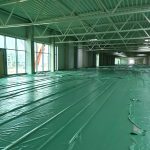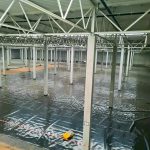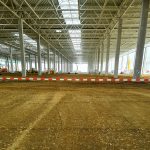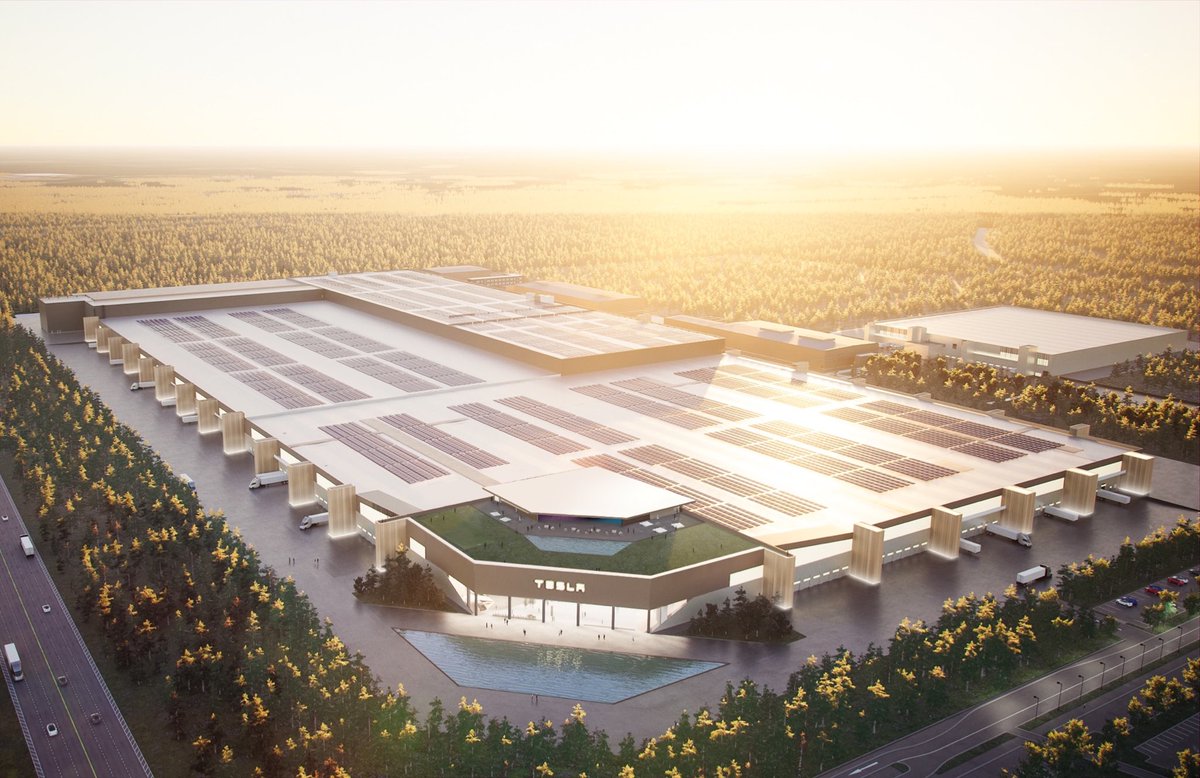
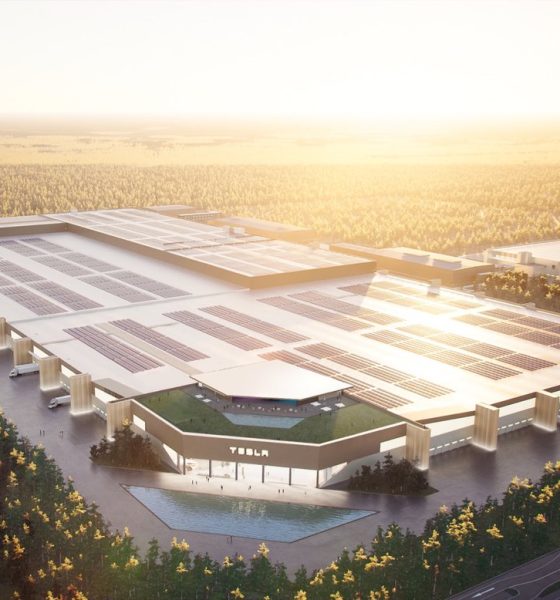
News
Tesla announced its first European Gigafactory 1 year ago today: A timeline
One year ago today, Tesla CEO Elon Musk announced that the automaker would open a production facility in Germany. Upon accepting an award at the Golden Steering Wheel awards alongside Volkswagen CEO Herbert Diess, Musk shocked Tesla fans everywhere by revealing its intentions. But what has transpired for the electric automaker since then is a culmination of hard work, dedication, efficiency, and a little bit of luck, and Tesla has been able to erect several buildings of the facility just eleven months after the beginning of the construction process.
November 12, 2019: Elon Musk announces Giga Berlin
“Everyone knows that German engineering is outstanding, for sure. That’s part of the reason why we are locating our Gigafactory Europe in Germany. We are also going to create an engineering and design center in Berlin, because Berlin has some of the best art in the world,” Musk said at the Golden Steering Wheel Awards in Germany last year. Musk also stated that the Model Y would be the initial focus of the new Gigafactory’s production lines.
Tesla CEO Elon Musk and Volkswagen CEO Herbert Diess exchange compliments at an award ceremony. (Credit: YouTube/AUTO BILD)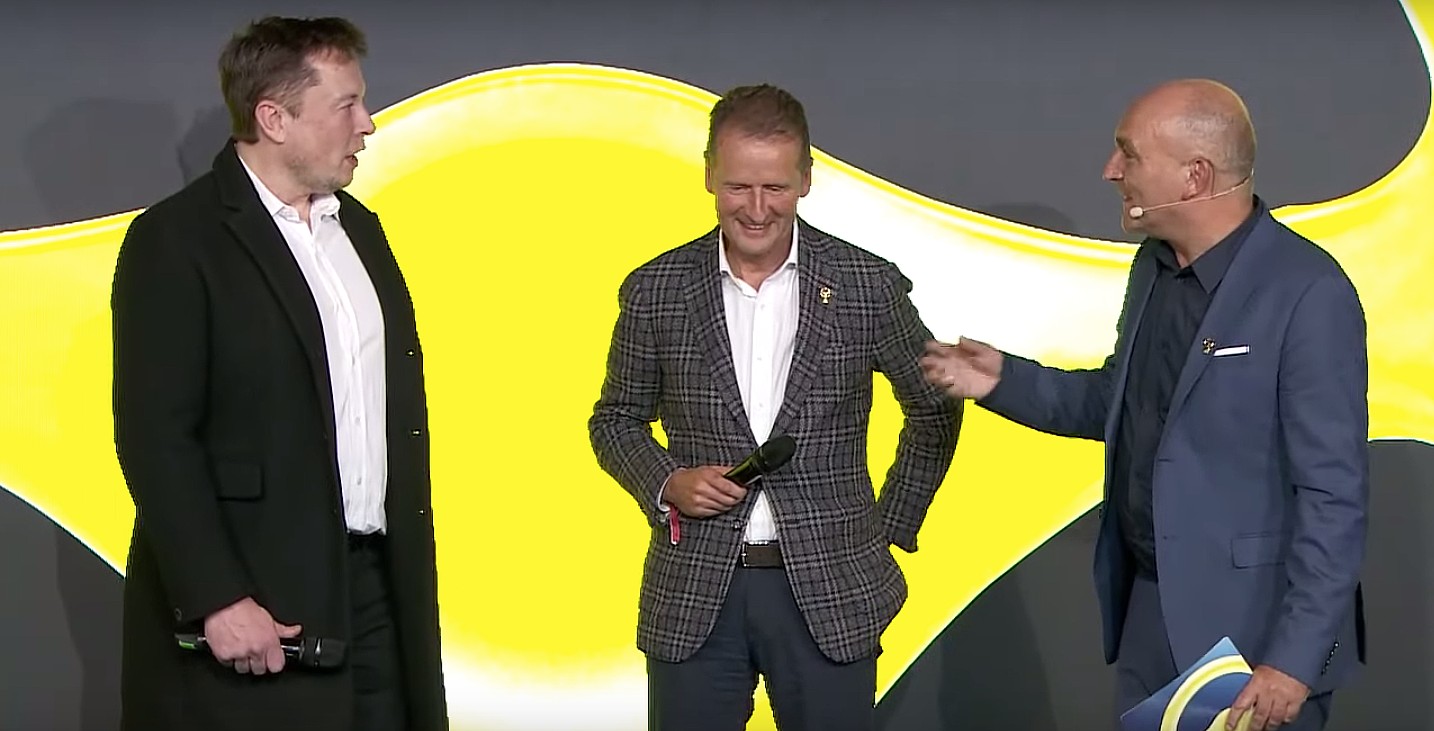
December 2019: Permits and Regulatory Approval
Tesla was working with the local government in Brandenburg to gain regulatory approval to begin ground clearing measures on the 741-acre plot of land that the automaker had purchased for a bargain price. After the land sale price was finalized, along with the permission of local authorities, Tesla could begin making progress on the land.
Credit: YouTube/J.-U. Koehler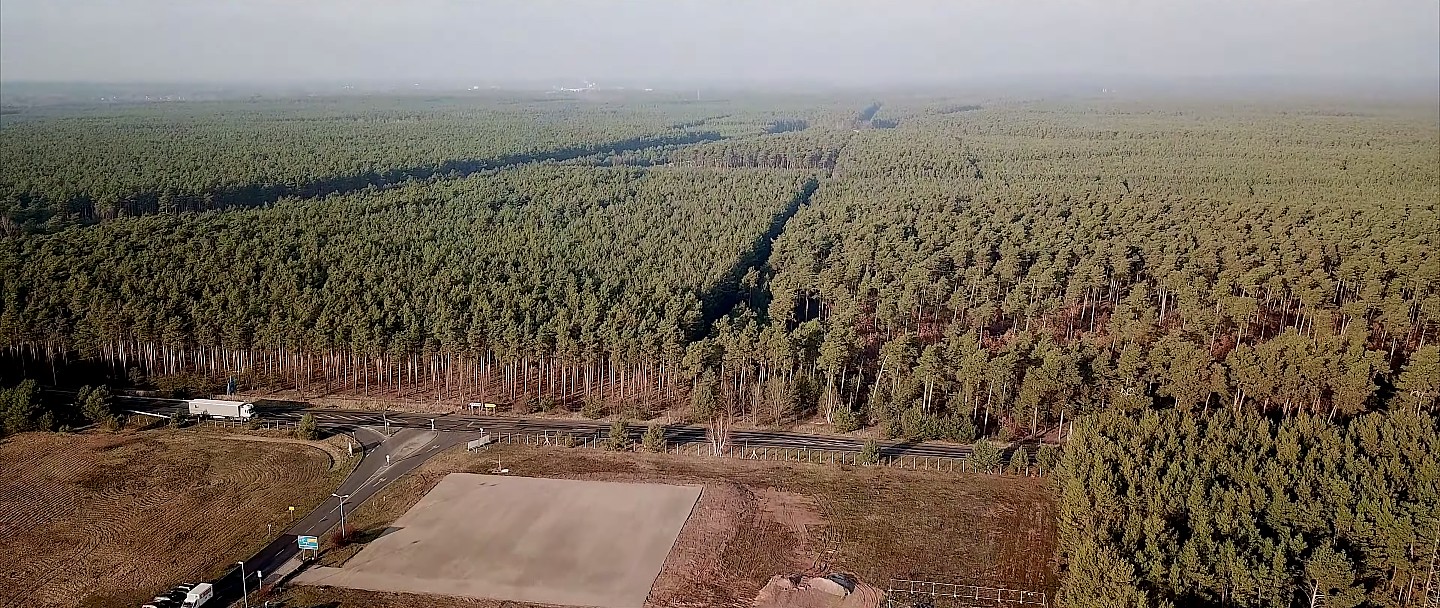
January 2020: Ground clearing begins
After Tesla received preliminary approval, ground clearing began. While this sparked some controversy and concern from environmental groups, Tesla had already been planning to replace trees in areas surrounding Brandenburg, promising to replant three times as many trees as it had removed from the property. To be clear, the trees that were removed were of “inferior quality,” according to Grünheide Mayor Arne Christiani, as they were used for commercial cardboard production.
Credit: Emil Senkel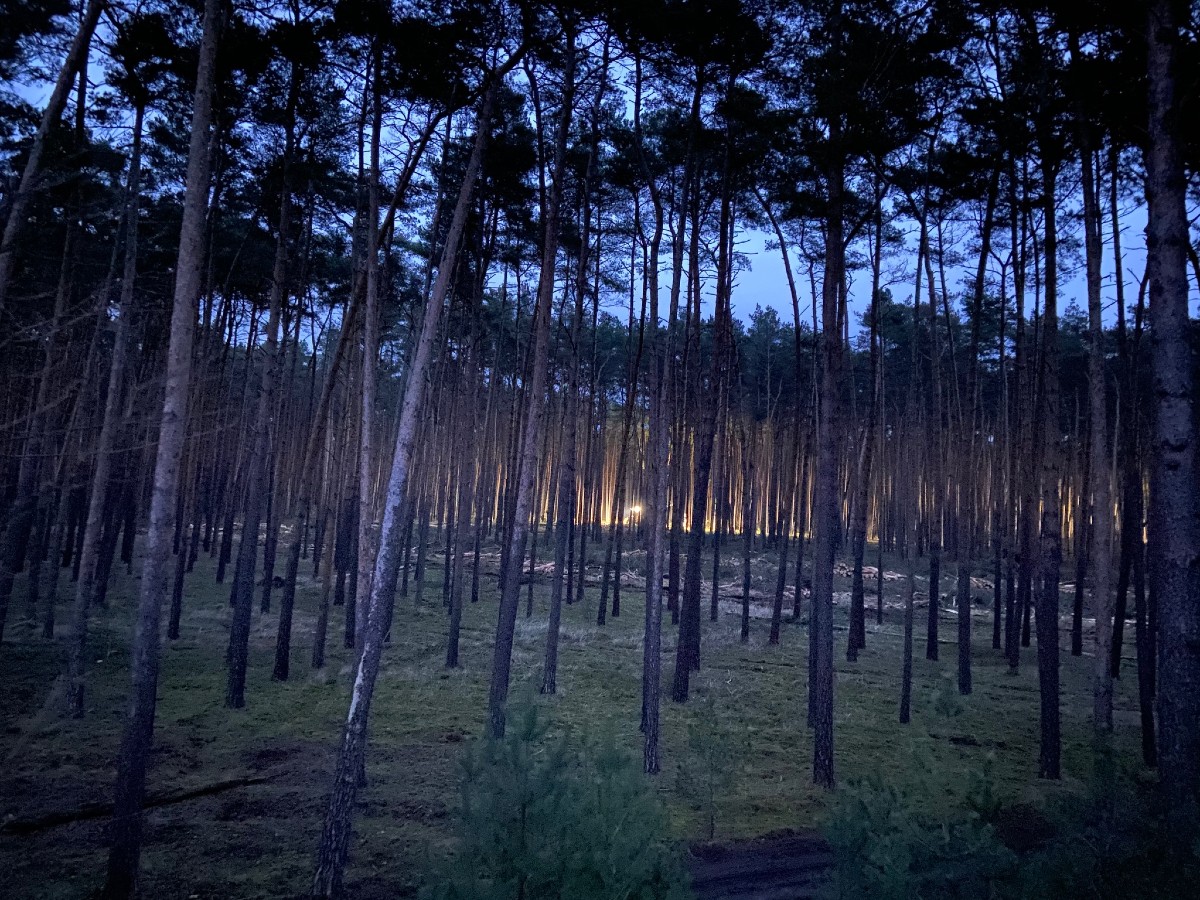
April 2020: Groundbreaking imminent, land preparation nears completion
On April 20th, Giga Berlin construction crews worked on the ground leveling and excavation of the land at the site. With only 90 hectares of land free from the trees, Tesla had its work cut out. Just a few days before ground leveling, the final tree was removed from the land, making it completely clear of any trees, all while not harming any wildlife.
Credit: YouTube | Giga Berlin / Gigafactory4, build GIGABERLIN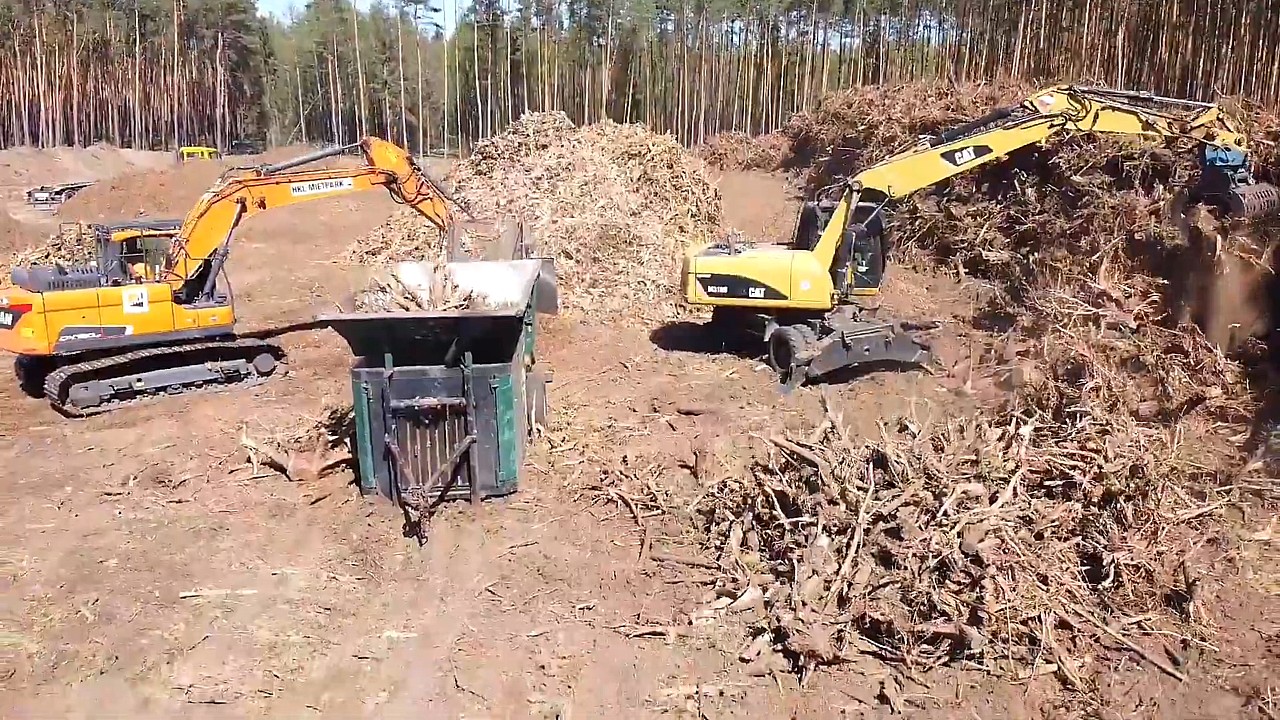
May 2020: Foundational work gets approval, begins
Foundational work began appearing at the site in late May. Tesla had to abide by some guidelines to keep drinking water protected and keep the noise down after 10 pm. Aquifers were also installed to protect any groundwater, which was a growing concern among local residents.
Credit: Twitter | @tobilindh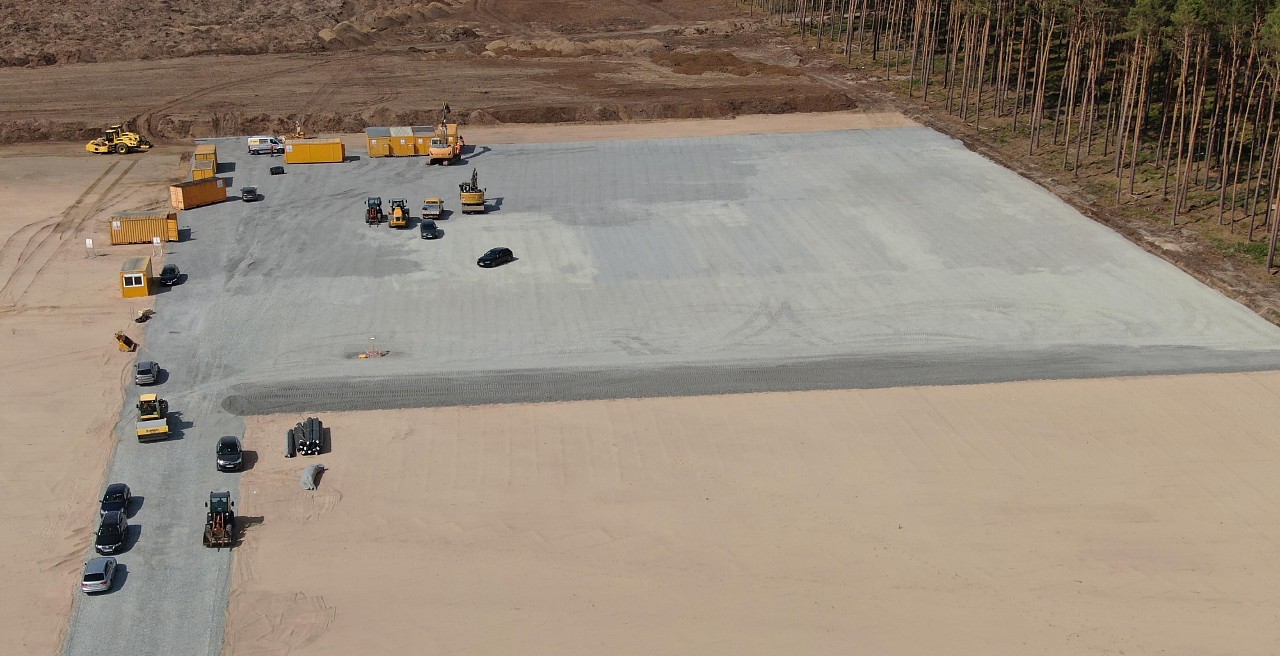
June 2020: Structures begin appearing, pillars and beams installed
The main pillars of the Drive Unit facility began appearing at the site, which were transported by train. Additionally, the installation of these pillars began just a few days later. It was the first structural portion of any of Giga Berlin’s facilities to be implemented, and prefabricated construction methods contributed to an accelerated construction effort at the site.
Credit: Twitter | @tobilindh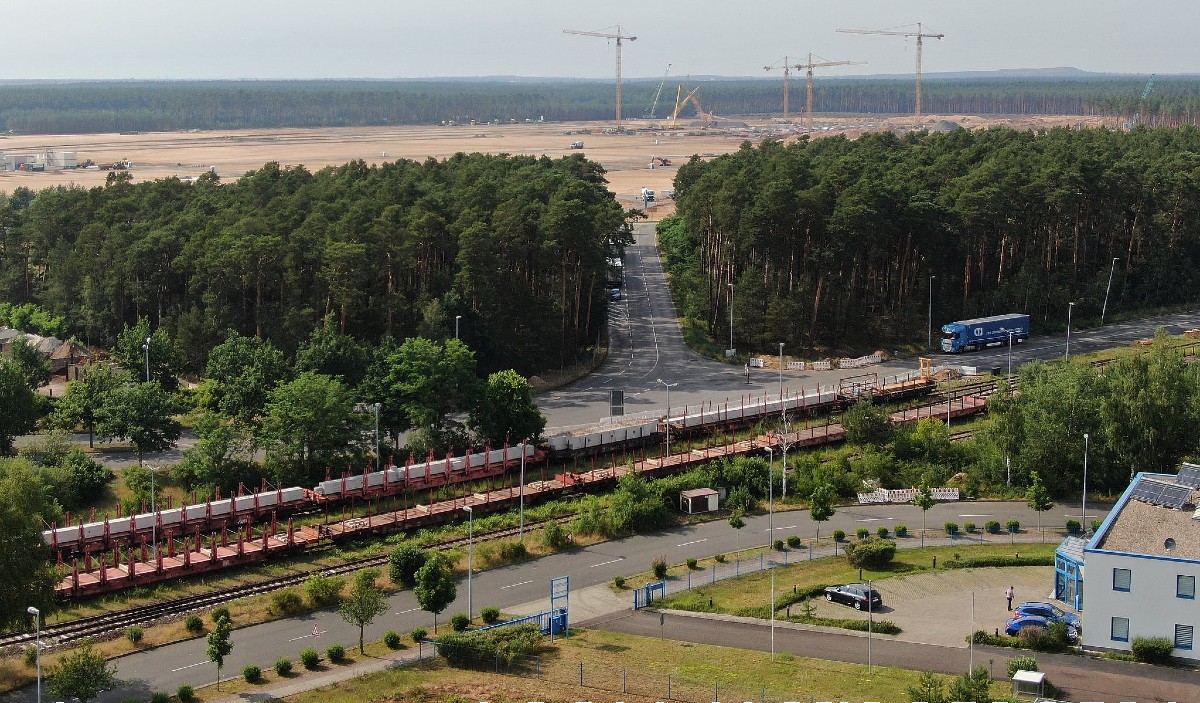
August 2020: Body In White construction begins, Drive Unit facility nears completion
The rapid pace of construction was evident as the Drive Unit facility neared completion, and the Body-in-White facility started construction. With pillars and beams being installed just two months prior for the first time, the rate of construction was certainly impressive. There was still plenty of work to go, however.
The Northern wall of the Drive Unit is nearly completed. (Credit: @gigafactory_4 on Twitter)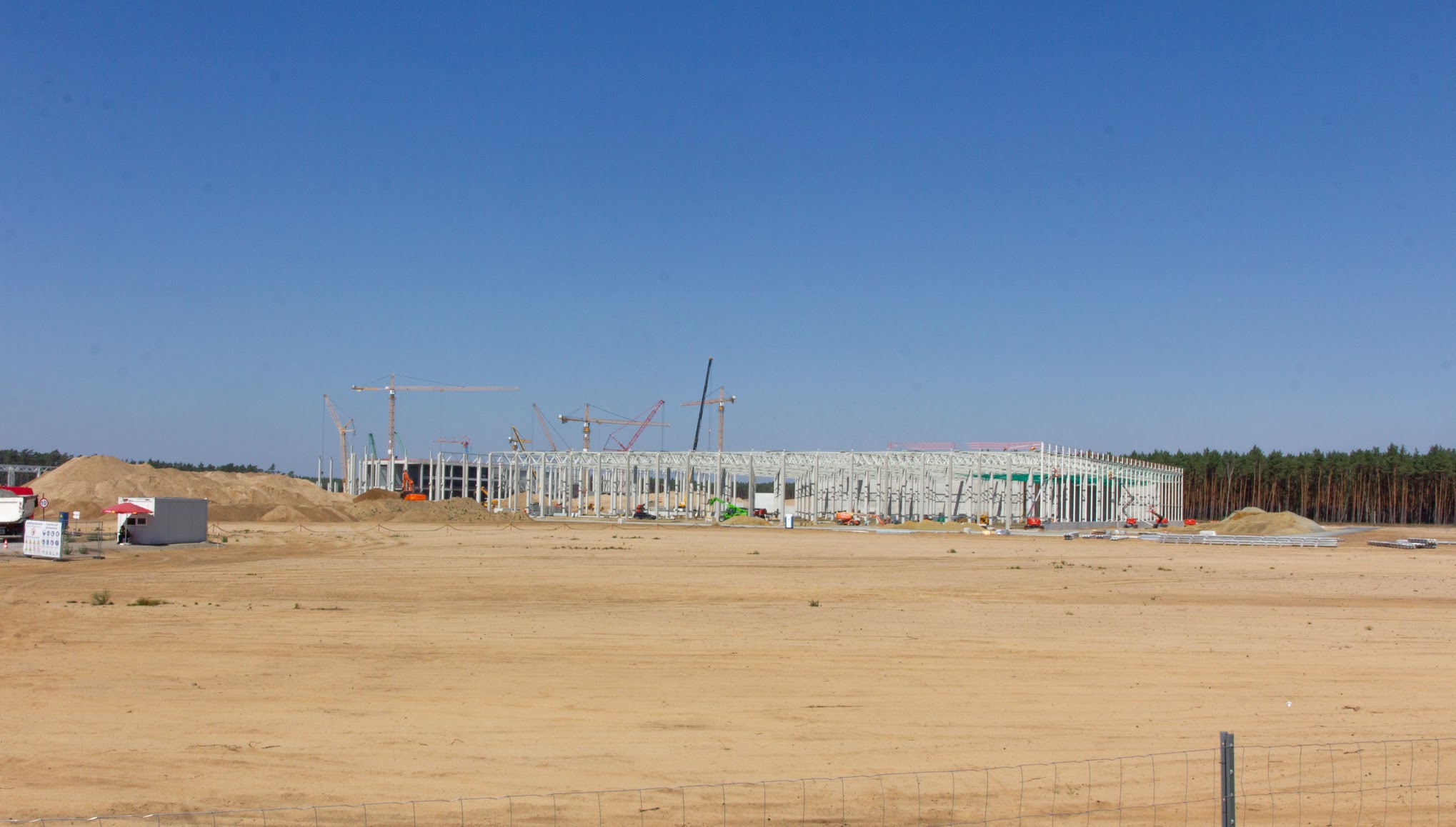
September 2020: Elon Musk’s First Visit to Giga Berlin
In a long-overdue visit because of the COVID-19 pandemic, Musk detailed Model Y redesign and battery cell production at the facility. Met with a warm reception, Musk’s first visit to Giga Berlin included visits with local politicians, including vocal supporter Jörg Steinbach, an economic minister.
Credit: @tobilindh | Twitter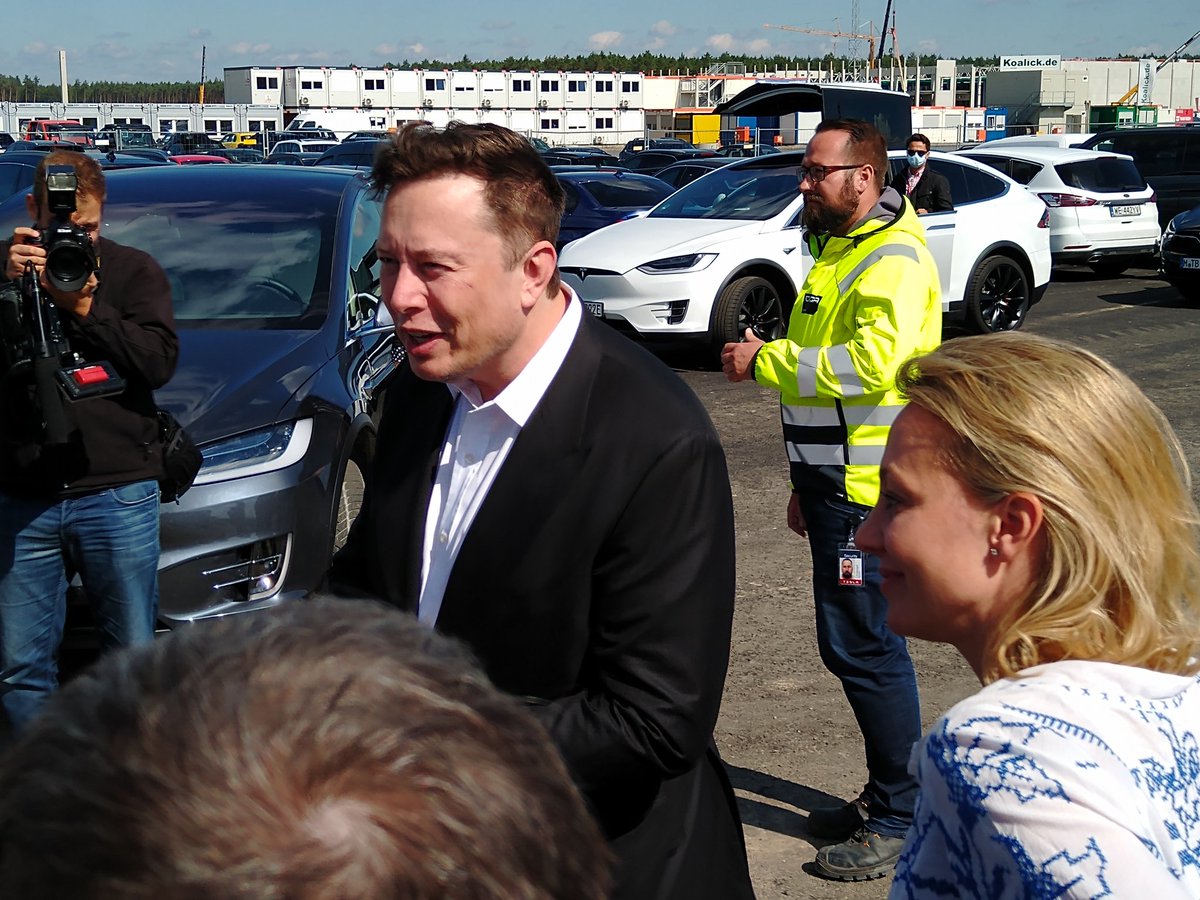
Today: Where does Giga Berlin’s progress stand?
Currently, both the Drive Unit and Body-In-White facilities are constructed, with interior fittings being installed. Flooring and machinery have yet to make its way into these facilities, but progress is well ahead of schedule. While Tesla still lists Giga Berlin’s starting production date as Summer 2021, some of those in Europe have stated that deliveries could be expected in Q1 or Q2 2021.

News
Tesla FSD fleet is nearing 7 billion total miles, including 2.5 billion city miles
As can be seen on Tesla’s official FSD webpage, vehicles equipped with the system have now navigated over 6.99 billion miles.

Tesla’s Full Self-Driving (Supervised) fleet is closing in on almost 7 billion total miles driven, as per data posted by the company on its official FSD webpage.
These figures hint at the massive scale of data fueling Tesla’s rapid FSD improvements, which have been quite notable as of late.
FSD mileage milestones
As can be seen on Tesla’s official FSD webpage, vehicles equipped with the system have now navigated over 6.99 billion miles. Tesla owner and avid FSD tester Whole Mars Catalog also shared a screenshot indicating that from the nearly 7 billion miles traveled by the FSD fleet, more than 2.5 billion miles were driven inside cities.
City miles are particularly valuable for complex urban scenarios like unprotected turns, pedestrian interactions, and traffic lights. This is also the difference-maker for FSD, as only complex solutions, such as Waymo’s self-driving taxis, operate similarly on inner-city streets. And even then, incidents such as the San Francisco blackouts have proven challenging for sensor-rich vehicles like Waymos.
Tesla’s data edge
Tesla has a number of advantages in the autonomous vehicle sector, one of which is the size of its fleet and the number of vehicles training FSD on real-world roads. Tesla’s nearly 7 billion FSD miles then allow the company to roll out updates that make its vehicles behave like they are being driven by experienced drivers, even if they are operating on their own.
So notable are Tesla’s improvements to FSD that NVIDIA Director of Robotics Jim Fan, after experiencing FSD v14, noted that the system is the first AI that passes what he described as a “Physical Turing Test.”
“Despite knowing exactly how robot learning works, I still find it magical watching the steering wheel turn by itself. First it feels surreal, next it becomes routine. Then, like the smartphone, taking it away actively hurts. This is how humanity gets rewired and glued to god-like technologies,” Fan wrote in a post on X.
News
Tesla starts showing how FSD will change lives in Europe
Local officials tested the system on narrow country roads and were impressed by FSD’s smooth, human-like driving, with some calling the service a game-changer for everyday life in areas that are far from urban centers.

Tesla has launched Europe’s first public shuttle service using Full Self-Driving (Supervised) in the rural Eifelkreis Bitburg-Prüm region of Germany, demonstrating how the technology can restore independence and mobility for people who struggle with limited transport options.
Local officials tested the system on narrow country roads and were impressed by FSD’s smooth, human-like driving, with some calling the service a game-changer for everyday life in areas that are far from urban centers.
Officials see real impact on rural residents
Arzfeld Mayor Johannes Kuhl and District Administrator Andreas Kruppert personally tested the Tesla shuttle service. This allowed them to see just how well FSD navigated winding lanes and rural roads confidently. Kruppert said, “Autonomous driving sounds like science fiction to many, but we simply see here that it works totally well in rural regions too.” Kuhl, for his part, also noted that FSD “feels like a very experienced driver.”
The pilot complements the area’s “Citizen Bus” program, which provides on-demand rides for elderly residents who can no longer drive themselves. Tesla Europe shared a video of a demonstration of the service, highlighting how FSD gives people their freedom back, even in places where public transport is not as prevalent.
What the Ministry for Economic Affairs and Transport says
Rhineland-Palatinate’s Minister Daniela Schmitt supported the project, praising the collaboration that made this “first of its kind in Europe” possible. As per the ministry, the rural rollout for the service shows FSD’s potential beyond major cities, and it delivers tangible benefits like grocery runs, doctor visits, and social connections for isolated residents.
“Reliable and flexible mobility is especially vital in rural areas. With the launch of a shuttle service using self-driving vehicles (FSD supervised) by Tesla in the Eifelkreis Bitburg-Prüm, an innovative pilot project is now getting underway that complements local community bus services. It is the first project of its kind in Europe.
“The result is a real gain for rural mobility: greater accessibility, more flexibility and tangible benefits for everyday life. A strong signal for innovation, cooperation and future-oriented mobility beyond urban centers,” the ministry wrote in a LinkedIn post.
News
Tesla China quietly posts Robotaxi-related job listing
Tesla China is currently seeking a Low Voltage Electrical Engineer to work on circuit board design for the company’s autonomous vehicles.

Tesla has posted a new job listing in Shanghai explicitly tied to its Robotaxi program, fueling speculation that the company is preparing to launch its dedicated autonomous ride-hailing service in China.
As noted in the listing, Tesla China is currently seeking a Low Voltage Electrical Engineer to work on circuit board design for the company’s autonomous vehicles.
Robotaxi-specific role
The listing, which was shared on social media platform X by industry watcher @tslaming, suggested that Tesla China is looking to fill the role urgently. The job listing itself specifically mentions that the person hired for the role will be working on the Low Voltage Hardware team, which would design the circuit boards that would serve as the nervous system of the Robotaxi.
Key tasks for the role, as indicated in the job listing, include collaboration with PCB layout, firmware, mechanical, program management, and validation teams, among other responsibilities. The role is based in Shanghai.
China Robotaxi launch
China represents a massive potential market for robotaxis, with its dense urban centers and supportive policies in select cities. Tesla has limited permission to roll out FSD in the country, though despite this, its vehicles have been hailed as among the best in the market when it comes to autonomous features. So far, at least, it appears that China supports Tesla’s FSD and Robotaxi rollout.
This was hinted at in November, when Tesla brought the Cybercab to the 8th China International Import Expo (CIIE) in Shanghai, marking the first time that the autonomous two-seater was brought to the Asia-Pacific region. The vehicle, despite not having a release date in China, received a significant amount of interest among the event’s attendees.
